blackboard
Thursday, October 26th, 2006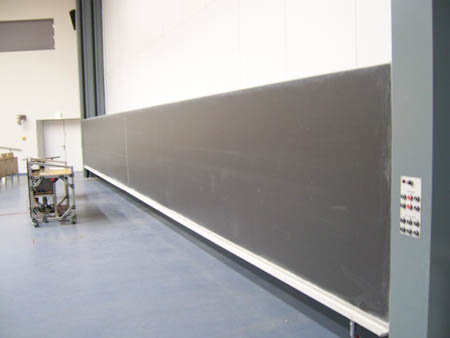
According to a colleague the widest blackboard in europe…who said that mathematicians are old-fashioned?
randformblog on math, physics, art, and design |

According to a colleague the widest blackboard in europe…who said that mathematicians are old-fashioned?
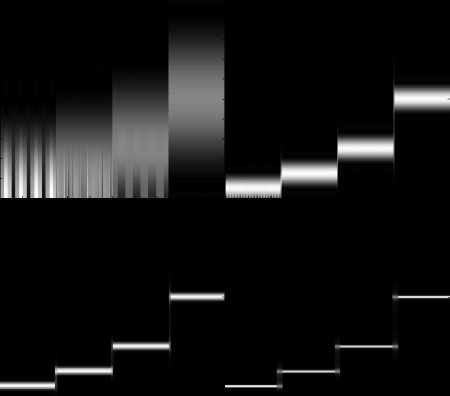
Via cosmicvariance (Clifford) I found this very nice podcast by radiolab.org at New Yorks public radio WNYC.
There is a joint lecture series on “selforganization of complex systems”. It uses tele-teaching systems of the participating universities:
Friedrich-Schiller-University of Jena, Technical Univerity Ilmenau, Bauhaus University Weimar, and Univerity Leipzig.
topics range from the mathematics of selforganization ant organic computing to self organization in social contexts and and evolutionary algorithms.
Sounds interesting.
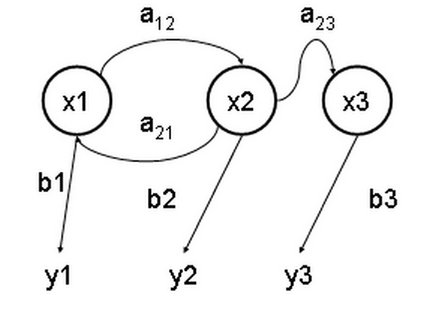
Optical character recognition, usually abbreviated to OCR, is computer software designed to translate images of handwritten or typewritten text (usually captured by a scanner or a digitizer) into machine processable text. OCR is e.g. commercially used in PDA’s However “handwritten” characters do not need to be constrained to letters or simple symbols but could also be more complex shapes, if necessary also in 3D. The recognition of such shapes can also be interpreted as gesture recognition.
A bit late this announcement, however not too late… for all those who are in Harrisonburg Virginia/US right now:
The
NEW IMAGE GALLERY at James Madison University currently hosts an exhibition:
“Contemporary Mathematical Photography and New Media”
October 9th, 2006 Opening reception for Contemporary Mathematical Photography and New Media: Part 1, 5–7pm. Exhibit will last through November 8th.
Gallery Hours: Monday – Thursday, 12:00 noon – 5:00pm; Friday – Saturday, 12:00 noon – 4:00pm CLOSED Sundays
New Image Gallery is located at 131 Grace Street.
among others daytars surrealey is on display there.
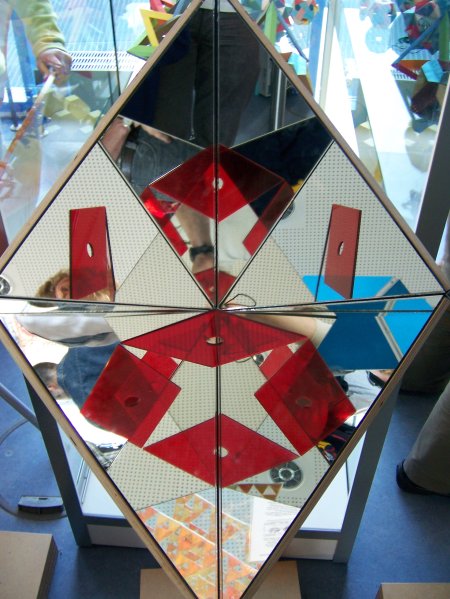
Last sunday was open day at the Technical University Munich and the math department participated mainly with their math museum ix-quadrat. (more…)
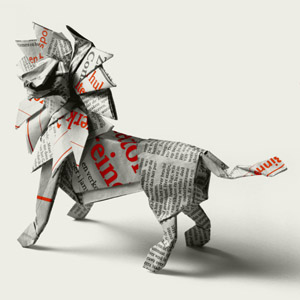
In the randform post about tesselations it was already mentioned that there are not so many mathematical things which can be visualized easily or visualized at all. However next to the tesselations there is a very popular area of mathematical visualization which is Origami. Origami is an active field of mathematical research as well as of arts.
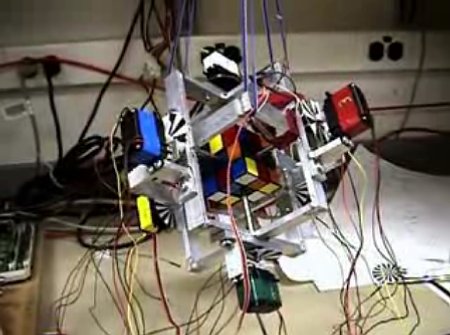
A mathematical procedure has to be applied in order to get a final view onto the object. This time it is not radonge I am thinking about but rubik’s cube. However just as in radonge — rubik’s cube can be solved. And if you are to lazy for that you can use a robot:
watch Rubiks Cube Solver – a beautiful final project of University of Michigans EECS class “Design of Microprocessor Based Systems” by Doug Li, Jeff Lovell and Mike Zajac.

water again: water simulations are cool. However the big question is: WHAT IS A SIMULATION? I.e. at what point do we accept a thing to look physically realistic? Do we want it to look realistic?

We put a new work on our media art page called alphabet soup.